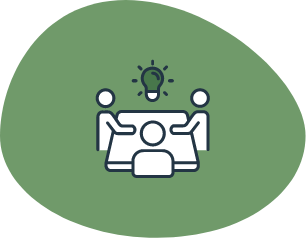eCompliance Training
Training is delivered through flexible online or blended formats, ensuring accessibility and convenience. Participants gain accredited certifications, practical skills, and tools to maintain compliance, reduce workplace incidents, and promote a safety-first culture.
The programs emphasize up-to-date Australian legislation and industry best practices, supported by expert guidance to foster organizational accountability and regulatory adherence.
Get A QUOTE FROM US TODAY!
Compliance Training Courses
eCompliance Training offers a range of online compliance training courses and related services.
What’s Included
Real Play – videos demonstrating potential situations that could occur in a typical workplace
Animated visual summaries – short videos that summarise the key concepts
Modern look and feel
Responsive to mobile, tablet and desktop devices
Interactive features – accordions, matching activities, tabs, flip cards, interactive scenarios
Reviewed and updated by leading law firm HR Legal
Customised and tailored compliance training courses
eCompliance Training’s programs can be toilored to your organisation’s requirements.
Options include:
- Custom branding (logo, font, colour palette etc.)
- Links to internal workplace policies and procedures
- Animated visual summaries tailored to your organisation’s requirements
- Bespoke real play videos
Buy Now!
eCompliance Training offers prices for individuals, as well as discounted prices for organisations purchasing for multiple employees.
To learn more visit eCompliance Training’s website, call 1300 208 943 or make an online obligation-free enquiry.
Get A QUOTE FROM US TODAY!
Equal Employment Opportunity (EEO), Anti-Bullying, Harassment and Discrimination Training
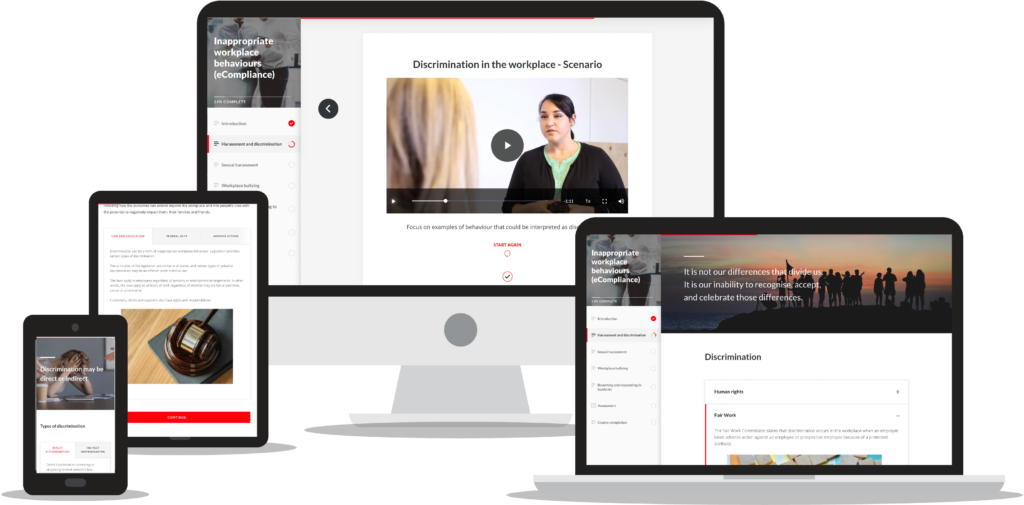
About this course
By completing this course, employees and managers will understand the importance of avoiding inappropriate behaviours that put an organisation and its employees at risk.
There are two versions of this course: one for employees (30 minutes) and another for managers and team leaders (45 minutes).
Learning objectives
- Determine what is an inappropriate workplace behaviour
- Identify your options for reporting and responding to inappropriate behaviours
- Managers – recognise the role you must play
Health and Safety Training
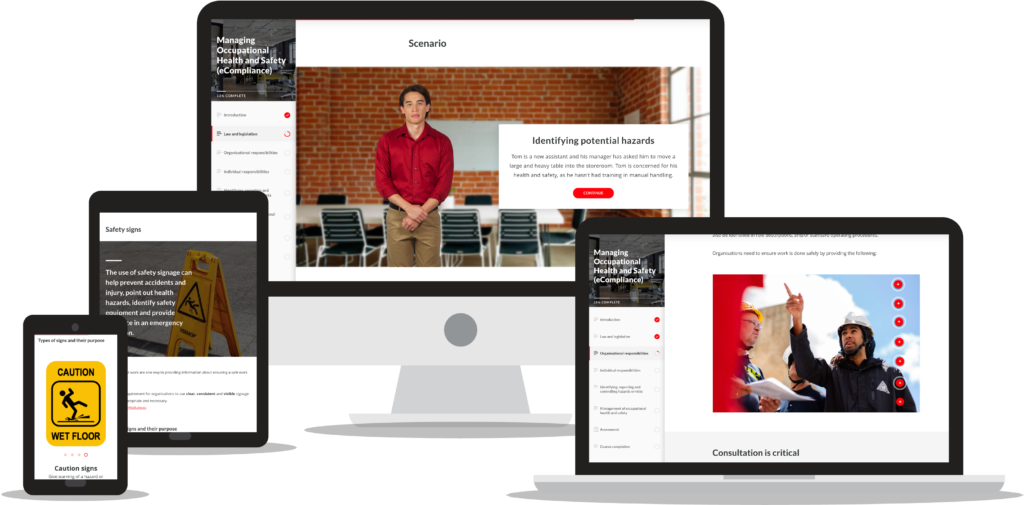
About this course
By completing this course, employees and managers will understand the importance of health and safety in the workplace and how to reduce risks for themselves and others.
There are two versions of this course: one for employees (30 minutes) and another for managers and supervisors (45 minutes).
Learning objectives
- Understand the risk management process and identify hazards and risks
- Discover your responsibilities, and those of your organisation
- Managers – recognise the role you must play
Fraud and Corruption Training
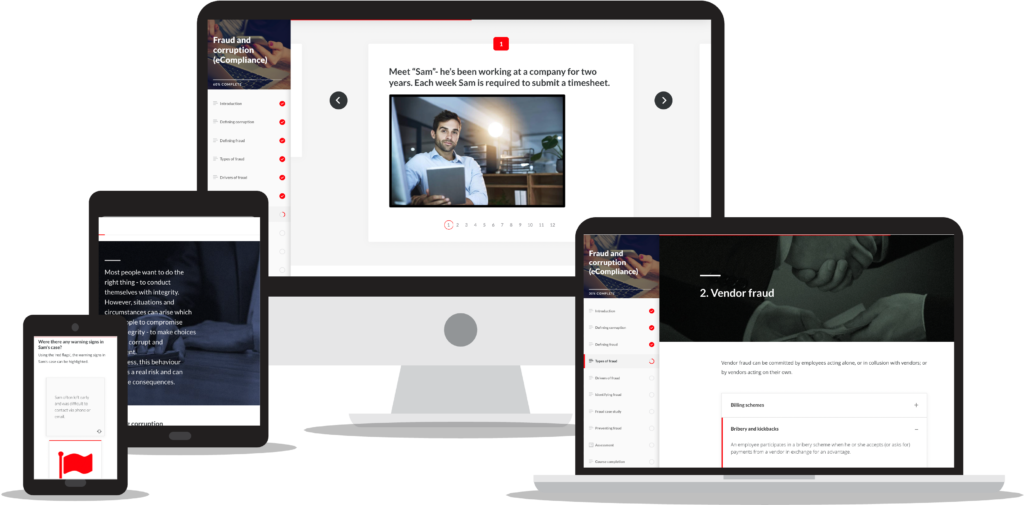
About this course
This course aims to assist employers and employees to understand Fraud and Corruption – how they arise, and how they can be detected, prevented and managed.
Learning objectives
- Define fraud and corruption
- Explain why corrupt conduct and fraud occur
- Identify corrupt conduct and fraud
- Describe the types of fraud and corrupt conduct
- Know how to prevent corrupt conduct and fraud
Conflict of Interest Training
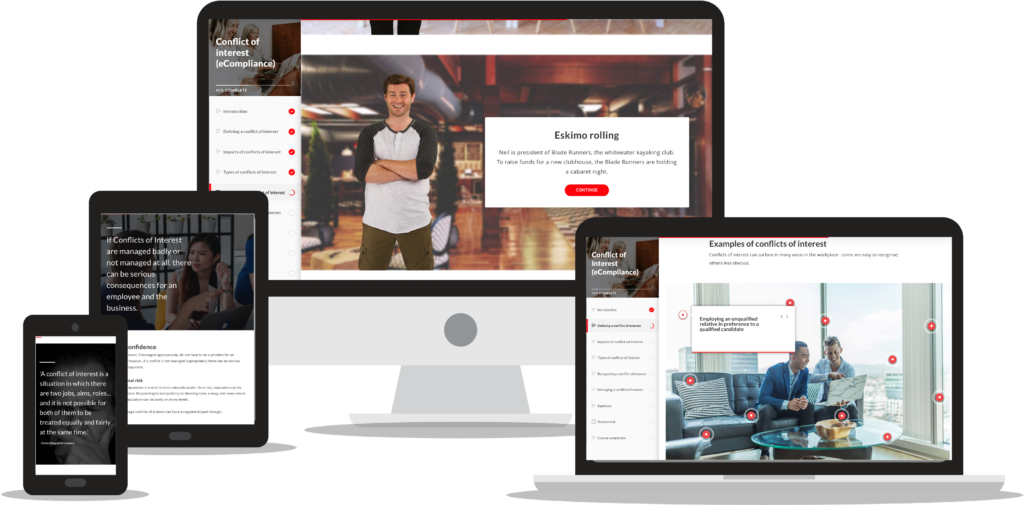
About this course
This course explores the concept of ‘conflict of interest’. Learners developing the knowledge and skills to identify and manage conflicts of interest at all levels in an organisation.
Learning objectives
- Define a conflict of interest
- Identify a conflict of interest
- Know what to do if they identify a conflict of interest
- Identify where to seek advice or assistance about a conflict of interest
Examples Of Our Projects
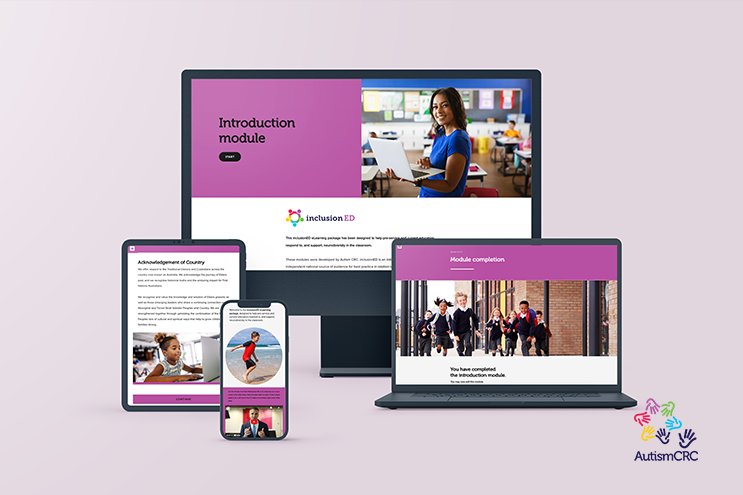
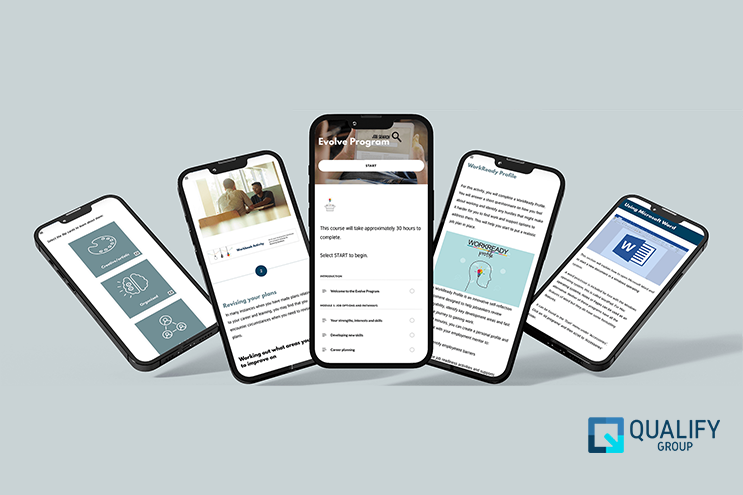
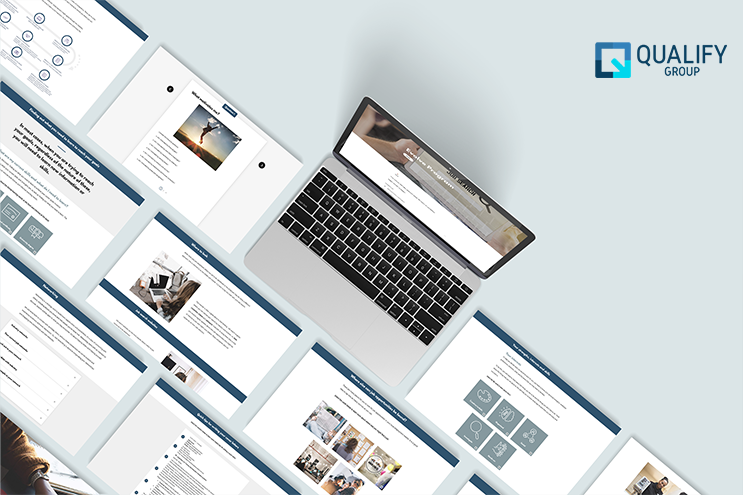
Interactive Elements
As part of our eLearning Development service, we can include the following interactive elements in your course.
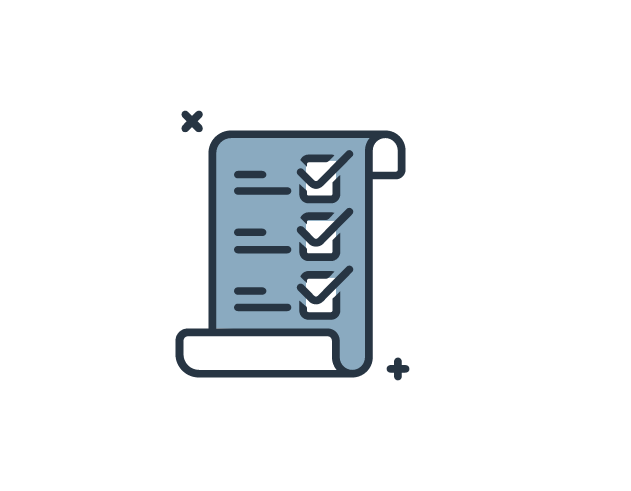
Accordion
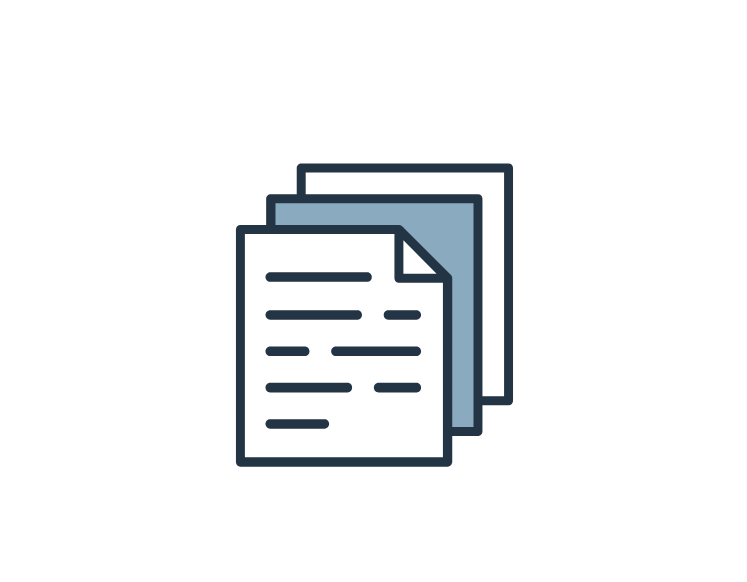
Flashcards

Labelled Graphic
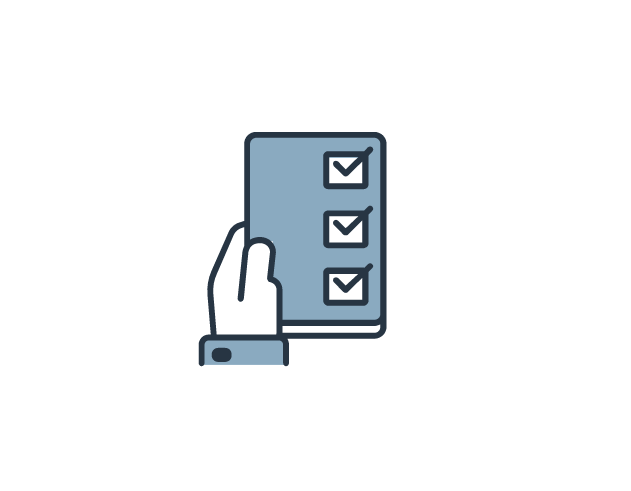
Process

Interactive scenarios
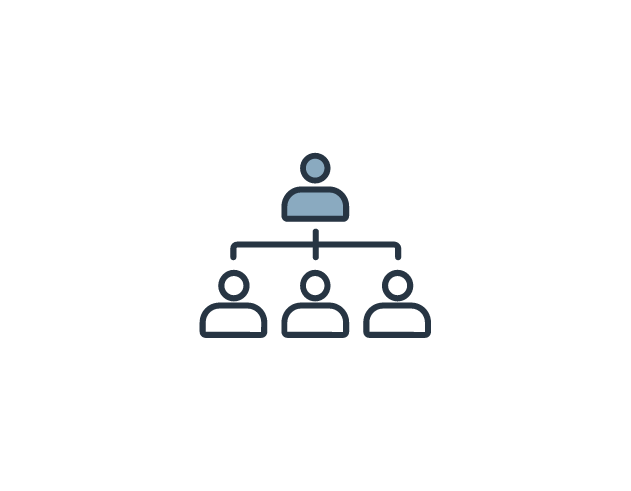
Sorting Activity
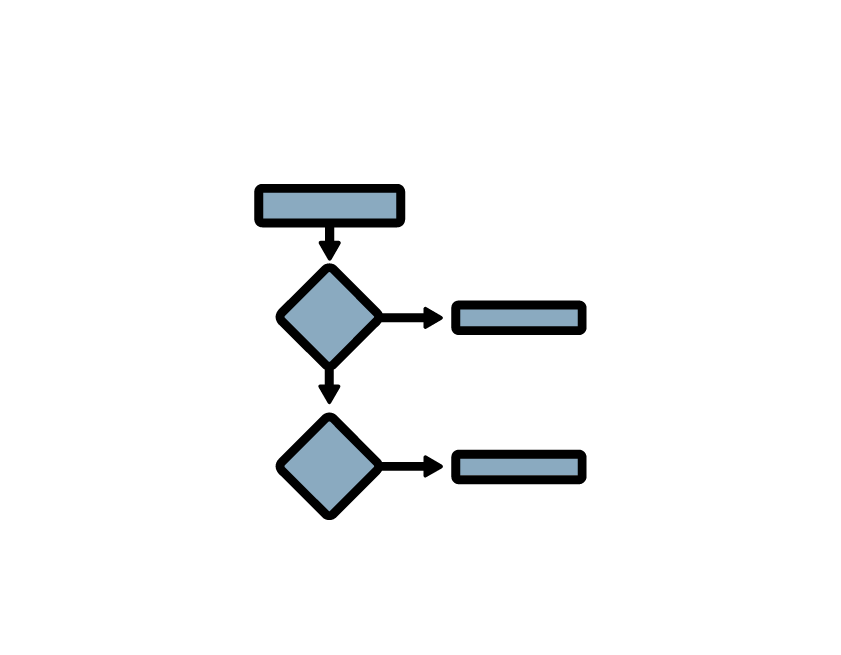
Tabs

Buttons
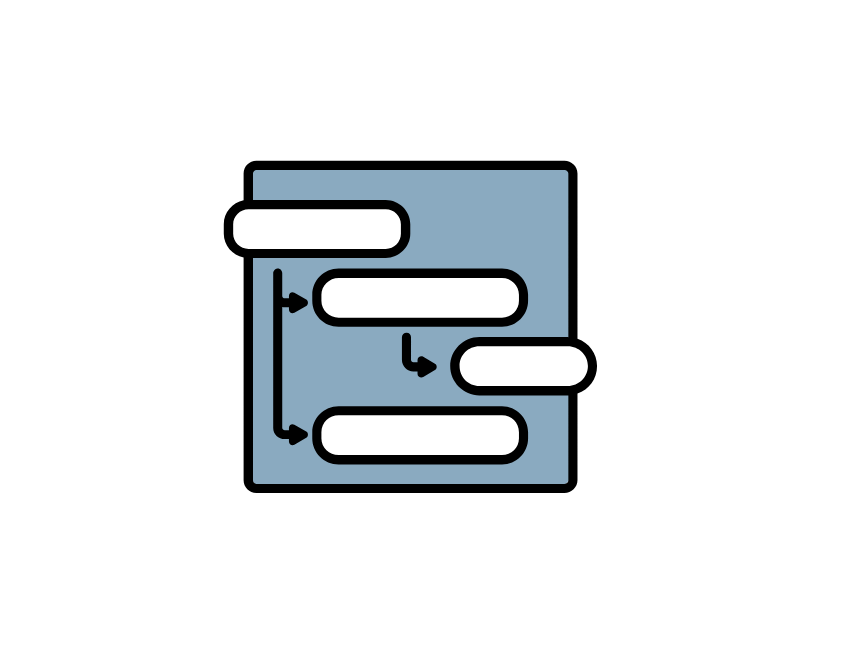
Button Stacks
What our clients say
Don’t just take our word for it.
Hearing about great learning design is one thing – seeing the real impact is another. Our partners have experienced the difference firsthand, and their results speak volumes.
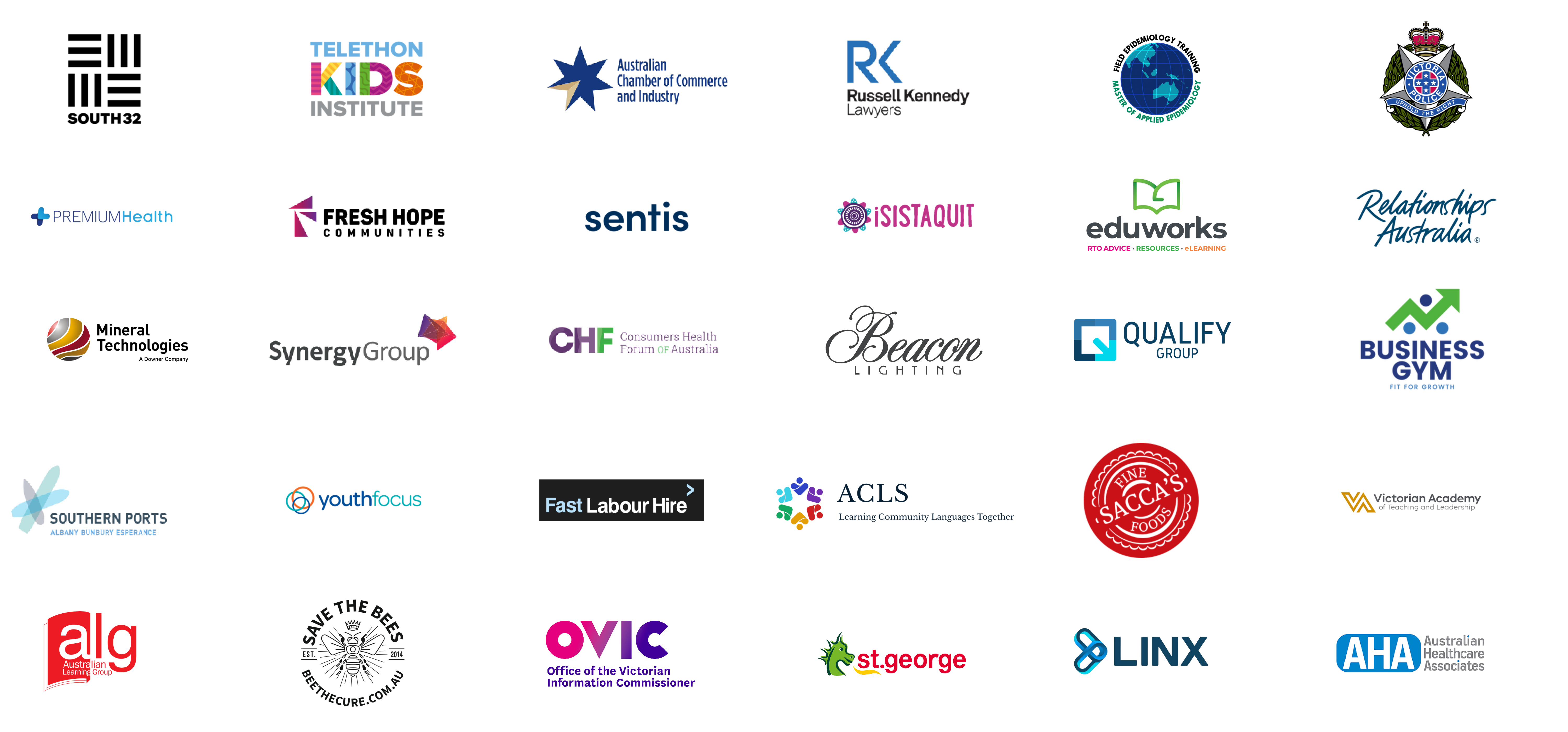




Q&A Section
What is meant by compliance training?
Compliance training is crucial for organizations to mitigate legal, financial, and reputational risks while fostering a culture of accountability. By educating employees on laws, regulations, and internal policies—such as workplace safety standards, data privacy laws, or anti-harassment protocols—it reduces violations that could result in fines, lawsuits, or damage to an organization’s reputation. For example, interactive simulations or branching scenarios teach employees to apply rules in real-world situations, like identifying phishing emails or responding to safety hazards.
Effective compliance training goes beyond theoretical knowledge. Studies show experiential methods, such as scenario-based learning, boost retention by up to 80%, ensuring employees not only understand policies but can act on them confidently. Digital programs, like WCAG-compliant modules, also adapt quickly to evolving regulations (e.g., GDPR updates), keeping global teams aligned with frameworks like ISO or OSHA. Automated tracking via Learning Management Systems (LMS) provides auditable records of training completion, which is critical for audits and demonstrating due diligence.
Beyond risk reduction, compliance training empowers employees to make ethical decisions, enhancing workplace trust and operational efficiency. It transforms legal obligations into actionable behaviors, equipping teams to navigate complex challenges while aligning with organizational values.
In essence, compliance training is not just a regulatory checkbox—it’s a strategic tool for building a safer, more ethical, and resilient workplace.
Why Does eCompliance Training Matter?
eCompliance training is essential for organizations to meet legal, safety, and regulatory standards while fostering accountability and minimizing risk. It ensures employees grasp critical regulations by mitigating penalties and workplace hazards through scenario-based learning, such as safety protocols for high-risk industries like construction or healthcare. Interactive methods like gamification and phishing simulations boost engagement, with studies showing up to 80% retention via experiential learning.
Digital training adapts swiftly to evolving regulations (e.g., GDPR updates) and ensures consistency across global teams, aligning with frameworks like ISO or OSHA. Automated LMS tracking provides auditable records and identifies compliance gaps, enabling proactive interventions. Cost-effective and accessible, eCompliance eliminates logistical headaches as it supports mobile-friendly, on-demand learning for remote workforces.
Programs like Discover Learning’s WCAG-compliant modules and the “Dynamic Security Principles” course for corrections officers—which blends microlearning, workshops, and buddy systems—demonstrate how tailored eLearning transforms compliance into actionable skills. Ultimately, eCompliance safeguards organizations, empowers employees, and drives operational excellence, embodying the ethos: “More compliance. Less risk.”
What Outcome Do I Need from the Training?
To determine the outcomes needed from training, start by aligning the program with specific organizational and learner goals. Key outcomes often include:
Behavioral Change: Shift in employee actions (e.g., adhering to safety protocols, ethical decision-making).
Skill Mastery: Demonstrated competence in critical tasks (e.g., using compliance software, applying conflict resolution techniques).
Compliance Adherence: Ensure regulatory requirements are met (e.g., OSHA standards, data privacy laws), minimizing legal risks.
Performance Metrics: Improved KPIs (e.g., reduced incident rates, faster project completion, higher customer satisfaction).
Engagement & Retention: Higher course completion rates and knowledge retention (e.g., 80%+ retention via interactive simulations).
For example, compliance training should result in fewer violations and audit-ready teams, while leadership programs should foster measurable improvements in team collaboration or conflict resolution success rates. Use SMART objectives to define success (e.g., “Reduce workplace incidents by 30% within 6 months post-training”). Track outcomes through assessments, LMS analytics, and real-world performance data to refine programs and prove ROI.
Whats the general benefit on having ecompliance for your onboarding workforce?
Implementing eCompliance in your onboarding workforce offers significant advantages that streamline compliance adherence while enhancing efficiency and engagement. By integrating digital training into onboarding, organizations ensure new hires immediately understand critical policies, safety protocols, and legal obligations—reducing risks from day one. For example, interactive modules on workplace safety or data privacy standards teach employees to recognize hazards or handle sensitive information correctly, fostering a culture of accountability.
eCompliance training provides consistency, delivering standardized content across global teams, which is vital for industries like healthcare, construction, or finance. It also offers flexibility, allowing new hires to complete training remotely or on mobile devices, accommodating diverse schedules and locations. Real-time tracking via Learning Management Systems (LMS) ensures managers monitor progress, verify completion, and address gaps proactively—critical for audit readiness.
Moreover, digital platforms enable rapid updates to reflect evolving regulations (e.g., GDPR, OSHA), ensuring compliance remains current without logistical delays. Engaging methods like gamification, quizzes, or scenario-based simulations boost retention (up to 80% with experiential learning), making complex rules memorable and actionable.
Ultimately, eCompliance transforms onboarding from a checkbox exercise into a strategic tool that minimizes legal exposure, accelerates role readiness, and aligns new employees with organizational values from their first day.
What are the 5 key areas of compliance?
The 5 key areas of compliance critical for organizations to address are:
Workplace Health & Safety
Ensures adherence to OSHA standards, hazard protocols, and emergency procedures (e.g., fire safety, machinery operation).
Example: Training employees to identify risks in construction or healthcare settings.
Data Privacy & Security
Covers GDPR, HIPAA, or CCPA regulations to protect sensitive information (e.g., customer data, employee records).
Example: Teaching proper handling of patient health records or secure data storage practices.
Anti-Harassment & Discrimination
Addresses EEOC guidelines, anti-bullying policies, and diversity/inclusion standards.
Example: Training on recognizing unconscious bias or reporting workplace harassment.
Ethical Conduct & Anti-Corruption
Enforces anti-bribery laws (e.g., FCPA, UK Bribery Act) and corporate ethics policies.
Example: Educating employees on avoiding conflicts of interest or reporting unethical behavior.
Industry-Specific Regulations
Tailored to sector requirements (e.g., FINRA in finance, ISO standards in manufacturing, FDA compliance in pharmaceuticals).
Example: Healthcare staff training on HIPAA compliance or bankers on anti-money laundering (AML) protocols.
Why These Matter:
These areas mitigate legal risks, protect organizational reputation, and ensure operational continuity. Effective compliance training, like Discover Learning’s eCompliance programs, uses interactive modules (e.g., simulations, quizzes) to embed these principles, ensuring employees not only understand rules but apply them daily.
How often is compliance training required?
The frequency of compliance training depends on industry regulations, organizational policies, and evolving legal requirements, but common guidelines include:
Annual Training: Mandatory for high-risk areas like workplace safety (OSHA), anti-harassment (EEOC), and data privacy (GDPR). For example, healthcare staff often renew HIPAA training yearly.
Biennial Updates: Some sectors (e.g., finance) refresh anti-money laundering (AML) or ethics training every 2 years.
Onboarding: New hires complete compliance training during their induction (e.g., safety protocols, code of conduct).
Post-Incident or Policy Changes: Retraining after breaches, incidents, or regulatory updates (e.g., revised GDPR guidelines).
Role-Specific Schedules: High-risk roles (e.g., construction supervisors, data officers) may require quarterly refreshers.
Why It Matters:
Regular training ensures employees stay updated on changing laws and reinforces critical knowledge. For instance, Discover Learning’s eCompliance programs use LMS tracking to automate reminders and schedule refreshers, maintaining audit readiness and reducing risks.
Best Practice:
Align training frequency with regulatory mandates, organizational risk assessments, and industry benchmarks—not just ticking boxes, but fostering a culture of continuous compliance.
What is compliance training in healthcare?
Compliance training in the Australian healthcare sector ensures staff adhere to laws, ethical standards, and regulations critical to patient safety, data security, and operational integrity. Tailored to local requirements, it equips professionals to navigate Australia’s unique regulatory landscape while avoiding fines, legal action, or reputational harm. Key areas include:
Patient Privacy & Data Security
Training on the Privacy Act 1988 (including the Australian Privacy Principles or APPs) and the My Health Records Act 2012 for handling sensitive health information.
Example: Securing digital health records or reporting data breaches to the Office of the Australian Information Commissioner (OAIC).
Work Health & Safety (WHS)
Compliance with Safe Work Australia guidelines and state/territory WHS laws (e.g., infection control, manual handling, or hazardous chemical protocols).
Example: Training nurses on safe patient lifting techniques or reducing workplace violence risks in hospitals.
Ethical & Legal Standards
Adherence to AHPRA (Australian Health Practitioner Regulation Agency) codes of conduct, informed consent laws, and anti-discrimination policies.
Example: Addressing cultural safety for Aboriginal and Torres Strait Islander patients or managing conflicts of interest in clinical trials.
Fraud & Billing Compliance
Understanding Medicare Australia requirements and the Health Insurance Act 1973 to prevent improper billing or fraudulent claims.
Example: Training on accurate Medicare Benefits Schedule (MBS) coding or avoiding “upcoding” errors.
Clinical & Quality Standards
Meeting NSQHS Standards (National Safety and Quality Health Service) for medication safety, clinical governance, and infection prevention.
Example: Implementing sepsis protocols or adhering to antimicrobial stewardship guidelines.
Why It Matters for Australian Organisations:
Avoids Penalties: Breaches can lead to fines (e.g., up to $2.1 million under the Privacy Act) or sanctions from AHPRA.
Protects Patients: Ensures culturally safe, ethical care aligned with Australia’s diverse population.
Maintains Accreditation: Compliance with NSQHS Standards is mandatory for hospital accreditation.
Methods Tailored to Australia:
Interactive eLearning: Scenario-based modules on My Health Record breaches or managing WHS risks in rural clinics.
Mandatory Reporting Training: Educating practitioners on obligations to report notifiable conduct under the Health Practitioner Regulation National Law.
Annual Refreshers: Updates on evolving laws, like changes to the Aged Care Quality Standards or state-specific WHS amendments.
In Australia, compliance training isn’t just about ticking boxes—it’s about upholding trust in our healthcare system and delivering safe, equitable care.
Industry experience
Every industry has unique learning challenges. We’ve solved them all.
Our approach adapts to your world while delivering consistent results. See how we’ve helped organisations like yours transform their learning outcomes.

Healthcare
Your patients get better care.
Your clinical teams will retain critical information when it matters most, reducing errors while improving care quality, patient satisfaction, and treatment outcomes.

Government
Your policy initiatives translate into real-world impact.
Your programs will more effectively communicate complex policy changes to frontline staff, ensuring consistent implementation across departments and direct benefits to the people you serve.

Finance
Your risk exposure drops dramatically.
Your teams will navigate complex regulations with confidence, spotting potential issues before they become problems while adapting smoothly to industry changes.

Mining
Your safety culture becomes unbreakable.
Experience fewer safety incidents and improved compliance, while your teams master complex procedures faster—balancing productivity with unwavering commitment to safety protocols.

Not-for-Profit
Your limited resources create maximum impact.
We help mission-driven organisations stretch learning budgets further with targeted solutions that improve service delivery and organisational effectiveness.

FMCG
Your products move from shelf to cart faster.
Your sales and marketing teams will better understand consumer behaviour and product benefits, increasing sell-through rates and strengthening retailer relationships while reducing time to proficiency for new team members.
Looking for another learning service?
View our course catalog here
Contact Us and Enquiry Form
DLD provides eLearning services to support workplace learning and change. With instructional designers and eLearning developers in Melbourne, Sydney, Brisbane and Perth, DLD will enable your people to engage, learn and perform.


